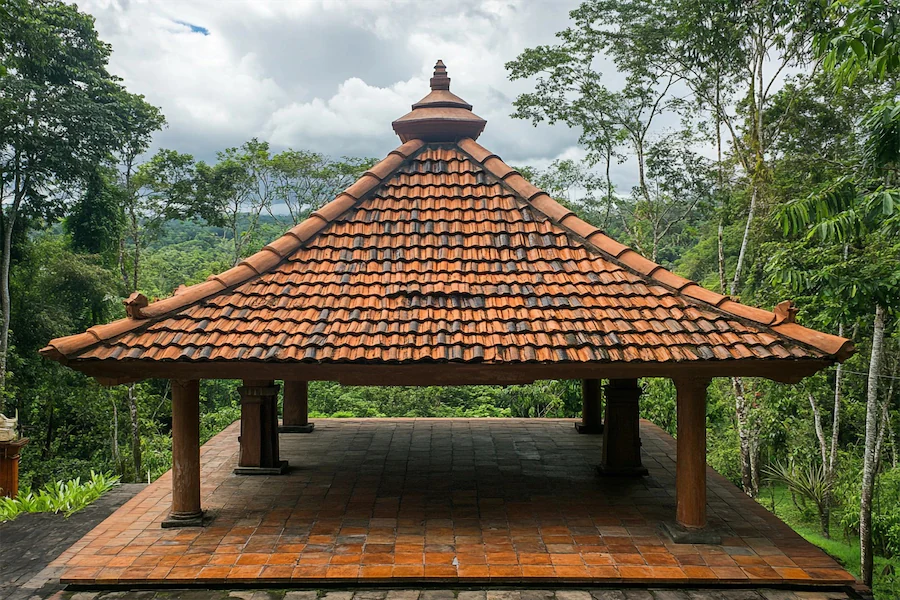Temple roofs are integral components of religious architecture worldwide, reflecting cultural values, religious symbolism, and regional aesthetics. Their designs vary significantly across different civilizations, each with unique characteristics and historical significance.
History and Origins of Temple Roofs
The evolution of temple roofs is deeply intertwined with the development of architectural styles in various cultures:
- Ancient Greek Temples: Greek temples, such as the Parthenon, featured gabled roofs with triangular pediments adorned with elaborate sculptures depicting mythological scenes. These pediments not only added to the temple’s grandeur but also served structural purposes.
- East Asian Temples: In countries like China, Japan, and Korea, temple roofs often exhibit sweeping curves and upturned eaves. These designs are not merely aesthetic; they also have practical functions, such as facilitating water runoff and withstanding seismic activity.
Key Features of Temple Roofs
Despite regional differences, temple roofs often share common features:
- Symbolism: Roof designs frequently incorporate symbolic elements. For instance, in Thai temples, decorative finials like the ‘chofa’ resemble a bird’s beak, representing Garuda, a mythical bird-like creature in Hindu and Buddhist mythology.
- Ornamentation: Intricate carvings, statues, and motifs adorn many temple roofs, depicting deities, mythological narratives, or protective symbols intended to ward off evil spirits.
- Structural Complexity: Temple roofs often feature complex structures, such as multiple tiers or interlocking brackets, demonstrating advanced engineering and craftsmanship. For example, the ‘irimoya’ (hip-and-gable) roof in Japanese architecture combines gabled and hipped elements, creating an elegant and sturdy design.
Applications of Temple Roofs
Beyond their primary function of sheltering sacred spaces, temple roofs play significant roles in:
- Cultural Identity: The architectural style of a temple roof often reflects the cultural identity and artistic heritage of a community, serving as a visual representation of regional beliefs and traditions.
- Community Gathering Spaces: Temples often serve as centers for community gatherings, festivals, and ceremonies. The design of the roof can influence the acoustics and ambiance of these events, enhancing the communal experience.
Considerations When Designing Temple Roofs
Designing a temple roof involves several considerations:
- Material Selection: Choosing appropriate materials is crucial for durability and aesthetic harmony. For instance, traditional East Asian temples often use wooden structures with ceramic tiles, while stone and marble are prevalent in Indian temple architecture.
- Climate Adaptation: The roof design must accommodate local climatic conditions. Steeply pitched roofs are effective in regions with heavy rainfall, facilitating water runoff, while flat or gently sloping roofs may be suitable in arid areas.
- Structural Integrity: Ensuring the roof’s structural integrity is paramount, especially in areas prone to natural disasters. For example, Japanese temple roofs are engineered to withstand earthquakes, incorporating flexible joints and supports.
Conclusion
Temple roofs are more than mere architectural elements; they encapsulate the spiritual essence, cultural values, and artistic achievements of the societies that construct them. Understanding their historical development and key features offers valuable insights into the diverse expressions of human devotion and creativity across the globe.
